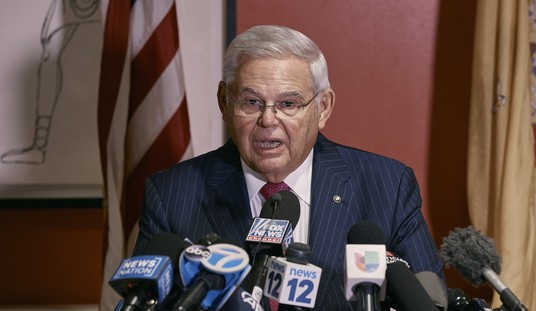 The Continental Congress actually declared America’s independence from Great Britain on July 2, 1776, but wrote the Declaration of Independence on July 4, 1776. It wasn’t published until August 2, 1776. The Revolution had begun in 1775 at the Battle of Lexington and Concord, but the Boston Tea Party in 1773 established that the revolutionaries were willing to take direct action against the king ( and violence had erupted in 1770, at the Boston Massacre). The war would continue until the Battle of Yorktown in 1781. Gen. George Washington resigned his commission as Commander in Chief of the Continental Army at the statehouse in Annapolis, MD on Dec. 23, 1783. The room where he resigned is still preserved and is worth a visit if you’re in the area. The Revolution officially ended with the signing of the Treaty of Paris on Sept. 3, 1783. Washington wouldn’t actually become President of the United States until 1789, the same year the US Constitution went into effect.
The Continental Congress actually declared America’s independence from Great Britain on July 2, 1776, but wrote the Declaration of Independence on July 4, 1776. It wasn’t published until August 2, 1776. The Revolution had begun in 1775 at the Battle of Lexington and Concord, but the Boston Tea Party in 1773 established that the revolutionaries were willing to take direct action against the king ( and violence had erupted in 1770, at the Boston Massacre). The war would continue until the Battle of Yorktown in 1781. Gen. George Washington resigned his commission as Commander in Chief of the Continental Army at the statehouse in Annapolis, MD on Dec. 23, 1783. The room where he resigned is still preserved and is worth a visit if you’re in the area. The Revolution officially ended with the signing of the Treaty of Paris on Sept. 3, 1783. Washington wouldn’t actually become President of the United States until 1789, the same year the US Constitution went into effect.
The song we think of the most on Independence Day is the Star-Spangled Banner, written during the War of 1812 by Francis Scott Key on Sept. 14, 1814. Key was an eye witness to the British bombardment of Ft. McHenry, the star-shaped fortress at the mouth of the harbor in Baltimore, MD. British forces had burned Washington, DC in late August, and intended to capture Baltimore. The Marylanders had other ideas, and repelled the British both at Ft. McHenry under Gen. George Armistead, and on land just north of the city. The line, “and the rockets’ red glare,” refers to Congreve rockets, an early type of military rocket favored by the British navy and used heavily against American forces within the fort. The flag Key saw flying above the fort after the 25-hour bombardment was a giant 30 x 42 foot flag made by Baltimore seamstress Mary Pickersgill. Key saw the flag at dawn’s light, from the British ship where he was being held. The British later released him, but not before he could jot down a few lines about what he had seen.
The Star-Spangled Banner song, which was originally titled “Defence of Fort McHenry,” helped pave the way for a true national American identity, but wouldn’t become the National Anthem until an act of Congress in March, 1931.
But that’s enough history. Happy birthday, America!









Join the conversation as a VIP Member